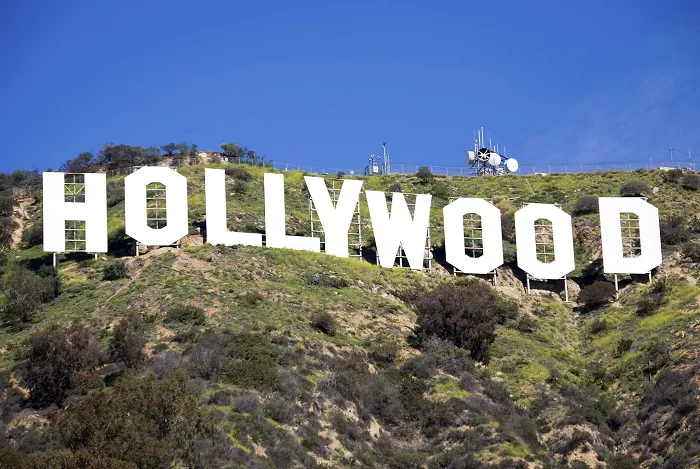Hollywood, often synonymous with the American film industry, is a neighborhood located in the central region of Los Angeles, California. Renowned globally as the epicenter of movie production, it boasts a rich history and significant cultural impact.
Is Hollywood Its Own City?
No, Hollywood is not an independent city—it’s a neighborhood within Los Angeles. However, it was briefly a separate municipality before merging with LA in 1910 to gain better infrastructure (like water access).
Why Did Hollywood Become the Movie Capital?
Several key factors made Hollywood the center of filmmaking:
- Sunny Weather – Ideal for early outdoor filming (before advanced lighting).
- Diverse Landscapes – Beaches, mountains, and deserts nearby for varied filming locations.
- Escape from Thomas Edison’s Patents – Early filmmakers moved west to avoid lawsuits from Edison’s Motion Picture Patents Company.
- Cheap Land – In the early 1900s, land was affordable for building studios.
Historical Context
Established in 1887, Hollywood began as a small community and evolved into a major center for the film industry. In 1911, the Nestor Film Company opened the first studio, marking the beginning of Hollywood’s transformation into a filmmaking hub. By 1915, it had become the epicenter of American cinema, attracting filmmakers nationwide.
Cultural Significance
Hollywood’s influence extends beyond cinema:
- Architecture: Iconic structures like the Hollywood Sign, Grauman’s Chinese Theatre, and the Hollywood Bowl contribute to its distinctive skyline.
- Entertainment: The neighborhood hosts numerous events, including the Academy Awards, reinforcing its status as a cultural epicenter.
- Diversity: Hollywood showcases a blend of cultures, reflected in its culinary scene, festivals, and community events.
Major Landmarks
- Hollywood Sign: Perched in the Hollywood Hills, this emblematic sign represents the neighborhood’s cinematic heritage.
- Hollywood Walk of Fame: A sidewalk adorned with over 2,600 brass stars honoring significant contributors to the entertainment industry.
- TCL Chinese Theatre: Famous for its forecourt filled with celebrity handprints and footprints, this historic theater showcases Hollywood’s glamour.
- Hollywood Bowl: An open-air venue hosting concerts and events, celebrated for its exceptional acoustics and ambiance.
Economy and Industry
Beyond film production, Hollywood’s economy thrives on tourism, retail, and entertainment. The area is home to numerous studios, production companies, and agencies, solidifying its role as a media powerhouse.
Transportation
Hollywood is accessible via major highways, including US Route 101 and Interstate 10. Public transportation is facilitated by the Los Angeles Metro, offering bus and subway services connecting Hollywood to other parts of the city.
Residential Life
Living in Hollywood offers a blend of urban and suburban experiences. The neighborhood features diverse housing options, from historic apartments to modern condos. Residents enjoy proximity to entertainment venues, dining, and cultural events, though they may face challenges like traffic congestion and higher living costs.
Environmental Initiatives
In response to urban challenges, Hollywood has implemented initiatives focusing on sustainability, including green building practices and community clean-up programs, aiming to enhance the quality of life for residents and visitors.
Conclusion
Hollywood’s unique blend of history, culture, and entertainment continues to captivate people worldwide. Its evolution from a modest community to a global cultural icon underscores its enduring appeal and significance in the world of entertainment.

